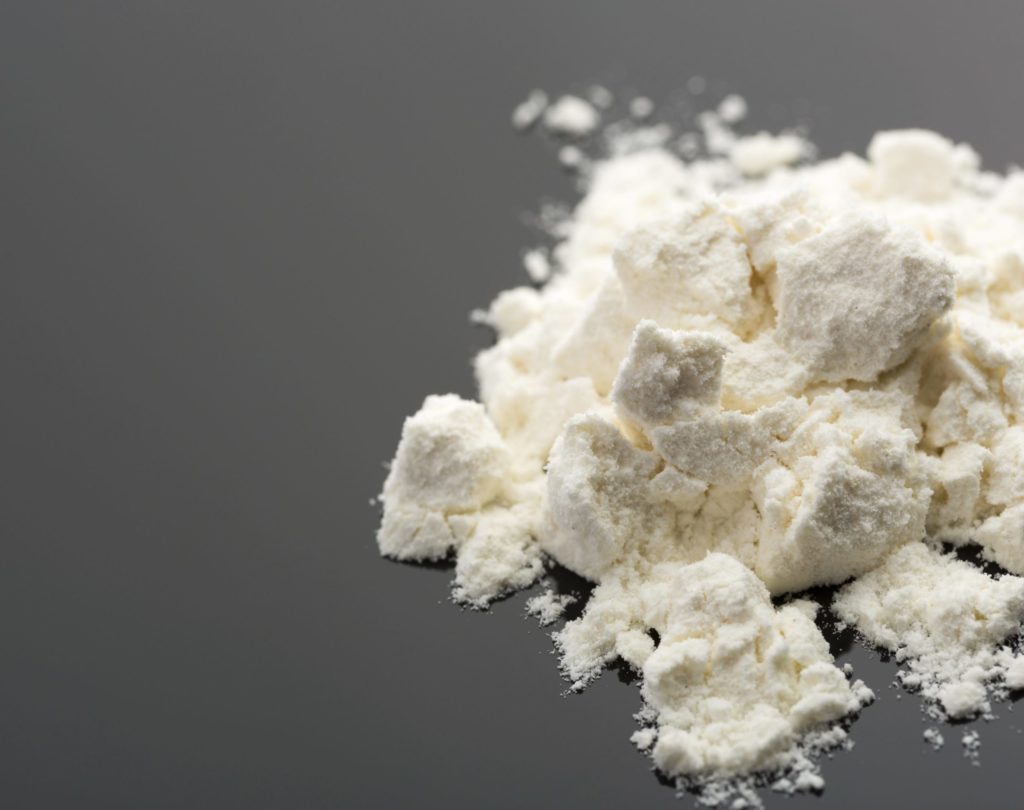Inexpensive and easy to produce, PCP is a potent threat on the street as users (mostly adolescents and young adults) continue to use the drug despite negative effects ranging from moderate to severe and even potentially lethal. According to the 2007 National Survey on Drug Use and Health (NSDUH), 6.1 million, or 2.5 percent, of the population of Americans aged 12 and older reported having used PCP at some point in their lifetime, 137,000 (0.1 percent) reported past year use and 41,000 (0.0 percent) said they used the drug in the past month prior to being surveyed. The 2008 Monitoring the Future Study showed PCP lifetime usage among high school seniors in 2008 at 1.8 percent, down from 2.1 percent in 2007. Past year usage and past month usage were up for 2008 vs. 2007. Past year usage in 2008 was 1.1 percent (vs. 0.9 percent in 2007), while past month usage in 2008 was 0.6 percent (compared to 0.5 percent the year prior). A Houston study of some 426 African Americans who smoked crack cocaine with embalming fluid and PCP (known as “wet” or “fry” on the street), reported in 2008 Journal of Drug Education, attempted to verify cultural novelties of fry. The study found that sex was often traded in an attempt to secure the drugs. Clearly, PCP is still a problem that needs careful monitoring and attention – especially among young people who are into risk-taking behavior, including drug use.
What it is
PCP, whose scientific name is phencyclidine, was developed in the 1950s as an intravenous anesthetic. Its use in humans, however, was discontinued in 1965 due to the unpleasant side effects of the drug (agitation, delusions, irrationality) when patients were recovering from the anesthesia.
Common street names
Street names for PCP include angel dust, animal tranquilizer, embalming fluid, hog, killer weed, ozone, peace pill, rocket fuel, supergrass and wack. When marijuana is laced with PCP, it’s known as fry, illy or wet. Other names on the street for PCP, according to the National Drug Intelligence Center (NDIC) include: animal tranq, black dust, boat, cliffhanger, crystal t, dipper, dust joint, goon dust, happy sticks, horse tranquilizer, kools, lethal weapon, magic dust, O.P.P., Paz, Peter Pan, Sherman, Sherman sticks, and trank.
How to identify PCP
PCP comes is a white crystalline powder that’s bitter-tasting and soluble in water or alcohol. It may appear in colored powder, and is often sold as a tablet, capsule, liquid or powder. It may also be placed into a variety of medicines or capsules.
How PCP is used
Users take PCP by snorting the drug in powder form, by swallowing tablets and capsules, and by smoking. In smoking, the drug is applied to substances such as marijuana, mint, parsley or oregano, says the NDIC. Users also dip regular cigarettes or marijuana joints into liquid PCP and then smoke them. Other sources say that PCP is often added to such as LSD or methamphetamine.
Effects of PCP
Popular for its mind-altering effects, at low doses, PCP can cause noticeable body awareness changes that are comparable to alcohol intoxication. Users often describe the feeling as trance-like or out of body.
Why PCP is bad for you
PCP has numerous short- and long-term negative effects. Short-term effects of PCP in low doses include an increase in heart rate, blood pressure and pulse, shallow breathing, flushing, poor muscle coordination, and profuse sweating. It also causes numbness to the extremities and interferes with hormone growth development. In higher doses, the drug may cause hallucinations, seizures, coma and death (many times from accidents or suicide while high). Other negative effects include the following:
- Blurred vision
- Dizziness
- Drooling
- Loss of balance
- Nausea
- Schizophrenia-like symptoms: catatonia, delusions, garbled or sparse speech, paranoia, detachment from reality, disordered thinking
Other consequences of high-dose PCP include memory loss, problems with speech, lack of concentration, depression and weight loss. Some of these symptoms can linger for a year after the drug is no longer used. The combination of PCP with other central nervous system depressants, such as alcohol, can lead to accidental overdose or coma.
Addicting?
PCP is addictive, often causing severe psychological dependence, craving and compulsive, drug-seeking behavior. It is classified as a Schedule II substance under the Controlled Substances Act. Schedule II substances (which include cocaine and methamphetamine) have a high abuse potential. Users can be arrested and go to prison for lengthy sentences. Withdrawal symptoms from chronic PCP use can include coma, convulsions, muscle rigidity, psychosis and violence.

